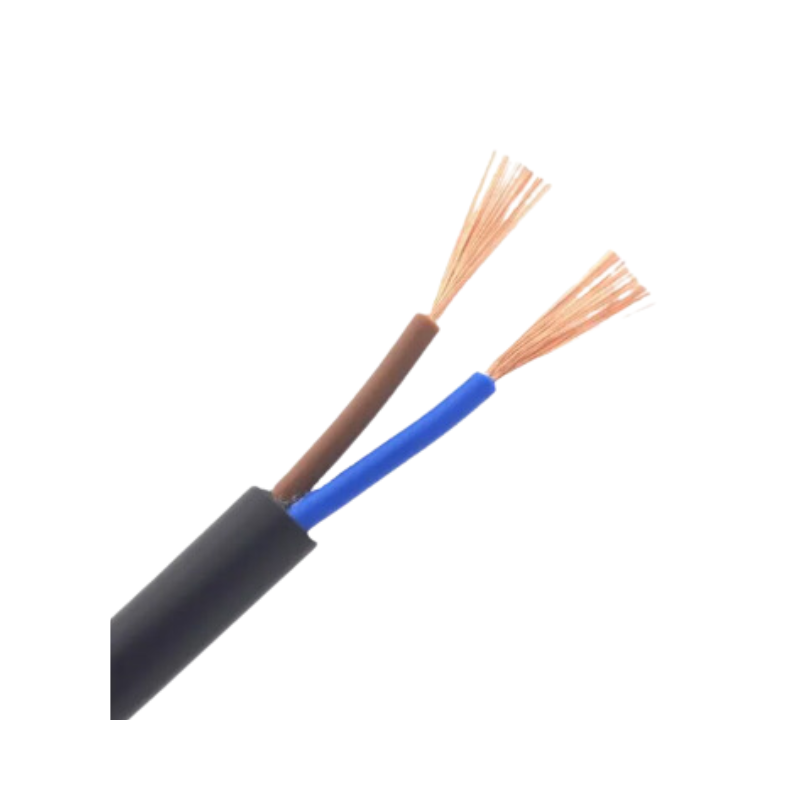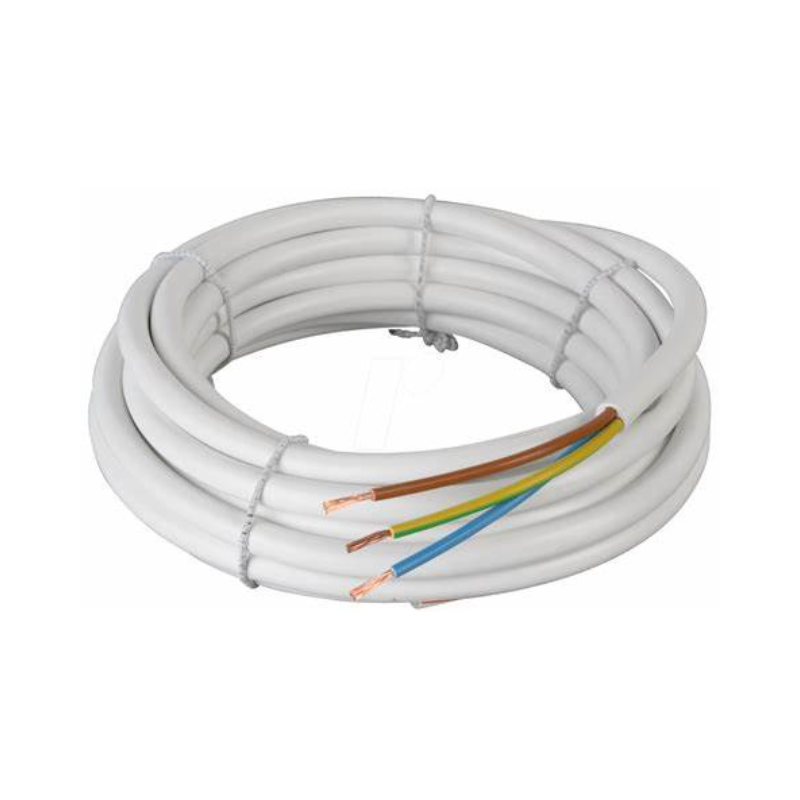Specifications:
- Conductor: Typically made of copper or aluminum for optimal conductivity and flexibility.
- Insulation: Various insulation materials, such as PVC (Polyvinyl Chloride) or rubber, provide electrical insulation while allowing for flexibility.
- Stranding: The conductors are often stranded to enhance flexibility, allowing the cable to bend without causing damage.
- Jacket: A durable outer jacket, made of materials like PVC or rubber, protects the cable and enhances its resistance to abrasion and environmental factors.
- Color Coding: Some flexible cables may feature color-coded conductors for easy identification.
Applications:
- Portable Appliances: Flexible cables are commonly used in the wiring of portable appliances and devices, providing a movable and adaptable power connection.
- Power Tools: In construction sites and workshops, flexible cables are employed to power electric tools, offering flexibility and ease of movement.
- Industrial Equipment: Flexible cables are utilized in industrial machinery and equipment where constant movement and flexibility are essential for efficient operations.
- Stage and Entertainment: In the entertainment industry, such as theaters and concert venues, flexible cables are used for lighting, sound systems, and other equipment that require frequent repositioning.
- Medical Devices: Flexible cables find applications in medical equipment where pliability and adaptability are necessary for devices such as patient monitors and diagnostic tools.
- Robotics: In robotics and automation systems, flexible cables enable the movement of robotic arms and components.
- Automotive Wiring: Flexible cables are used in automotive wiring, connecting various components where movement and flexibility are required.
- Data Centers: In data centers, flexible cables are used for temporary or movable connections between servers, switches, and other networking equipment.






Reviews
There are no reviews yet.